
Implementing the policy of poverty reduction based on address, cause, desire and reality, not chasing after achievements, recently the People's Committee of Nam Po district has directed specialized departments and offices to coordinate with the authorities of communes to focus on investigating and reviewing poor households carefully and transparently. Especially paying attention to analyzing the causes of poverty to have appropriate support methods for each specific poor household.
The family of Ms. Ly Thi Dao, Na Khoa village, Na Khoa commune, was previously poor. When officials at all levels came to investigate and review, they found that she had a desire to develop livestock farming, but due to capital difficulties, she only raised pigs on a small scale, enough to meet her family's needs. To support Ms. Dao, the Farmers' Association helped her access capital from the Farmers' Support Fund. With the 50 million VND borrowed, she invested in raising commercial pigs. From the initial 30 piglets, after more than 5 months, the herd reached an average weight of 80 - 90 kg/pig, with an estimated output of about 2.5 tons, and a total expected income of 140 million VND.
Ms. Dao said that after selling, she will continue to invest in a new batch on a larger scale and expand other economic models. The Farmers' Association staff also advised Ms. Dao to design a garden - pond - barn model to make the most of the family's available resources, developing a closed model: Making wine - raising pigs, growing vegetables, fruit trees - raising fish.
Mr. Hang Nhe Ly, Vice Chairman of Nam Po District People's Committee said: "The locality's viewpoint is to analyze and clarify the current situation, find the core reasons to have poverty reduction solutions based on the address of each specific poor household. Because each poor household has different causes and circumstances, support should not be equalized and divided equally, but should be differentiated and implemented according to needs and actual conditions."
According to the analysis, in addition to the causes of natural conditions, production conditions, capacity and awareness, living habits of ethnic minorities... there are also causes that greatly affect the results of poverty reduction work, such as: Some newly issued documents and policies have encountered difficulties in the implementation process; local resources and poor households' own resources to participate in the response are still low or non-existent. Along with that, poor households have a large number of people, sick people, people outside of working age; some projects and sub-projects have built models and lists but there are no specific regulations on technical economic norms, support levels, so it affects the implementation progress...
From a clear analysis of the causes of poverty, the local government has developed a specific annual plan to help poor households in agricultural production in a reasonable manner, from selecting breeds to production means suitable for the land and selecting breeds to develop livestock farming in accordance with the strengths and conditions of the locality. A typical example is Nam Nhu commune, which has exploited the local advantage to establish the Pig Breeding Cooperative, Nam Nhu 1 village with 12 participating households. From this model, people have seen the effectiveness and focused on developing pig farming; the government has created conditions and supported access to loan sources, linked to open training classes on livestock farming techniques, disease prevention, etc. Up to now, the total herd of pigs in the commune has reached more than 4,000. Many poor households have overcome poverty thanks to pig farming, and some have even become well-off.
Source



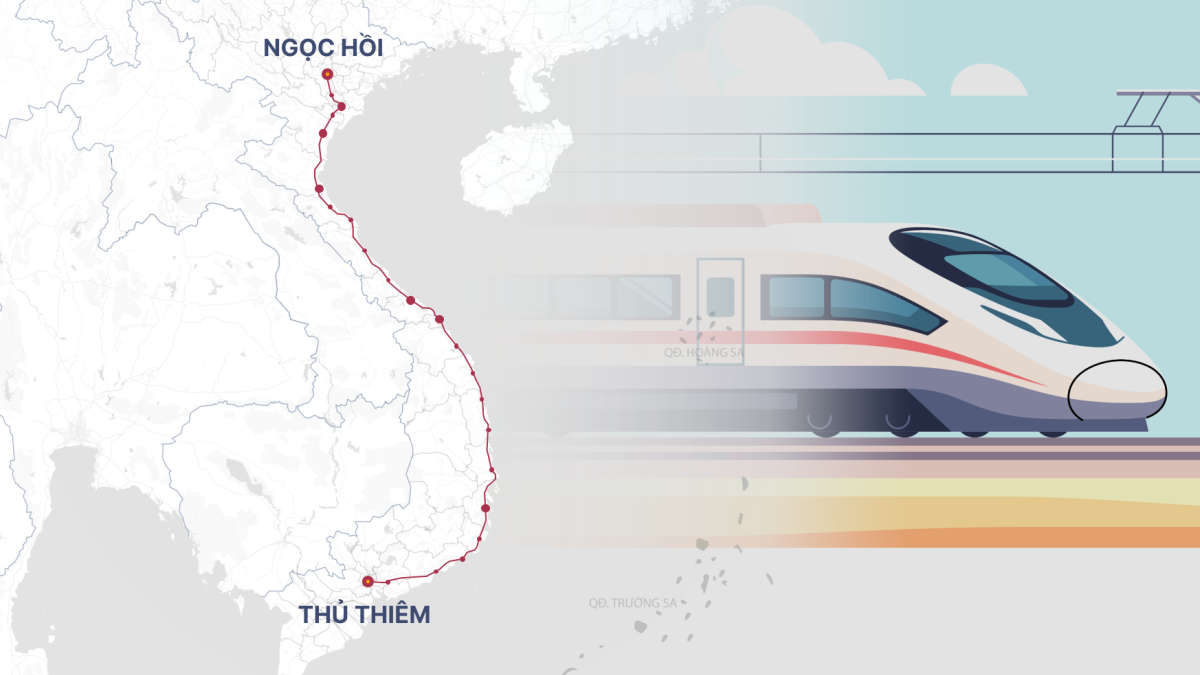





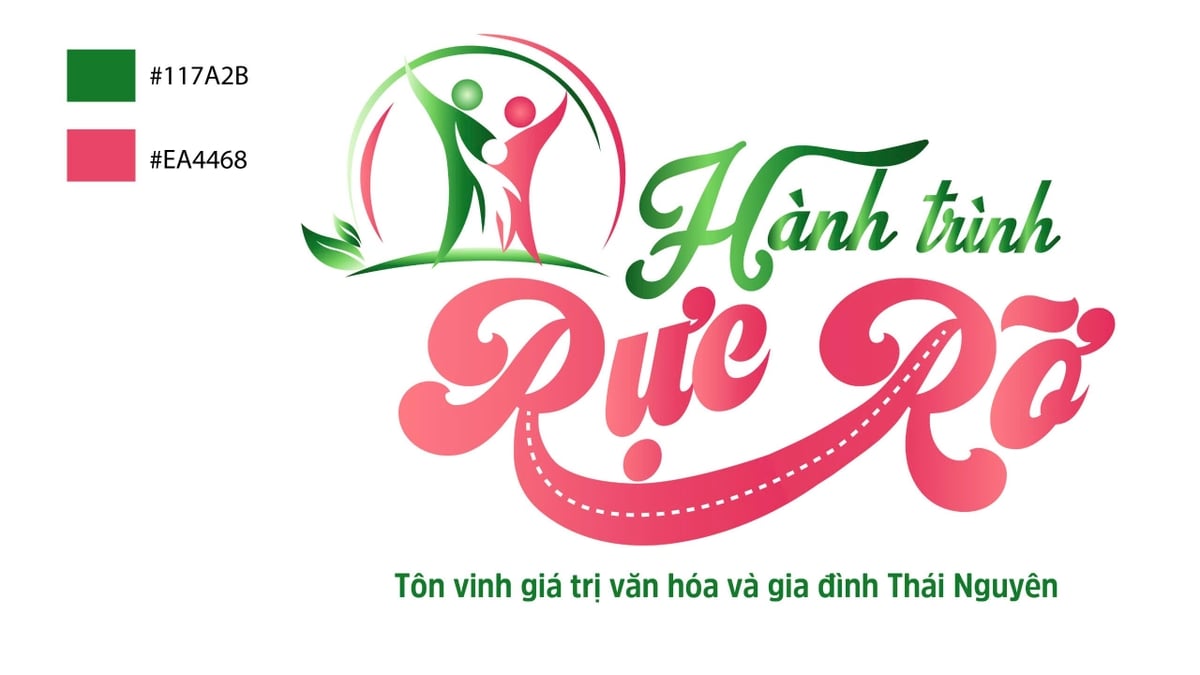
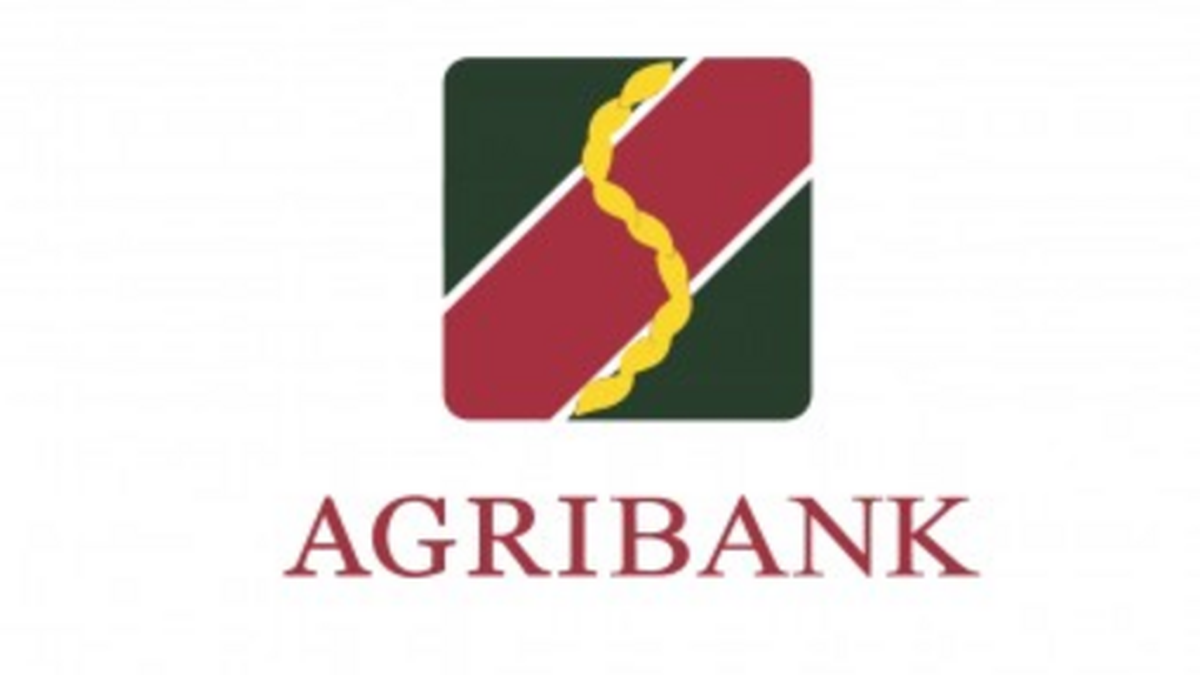















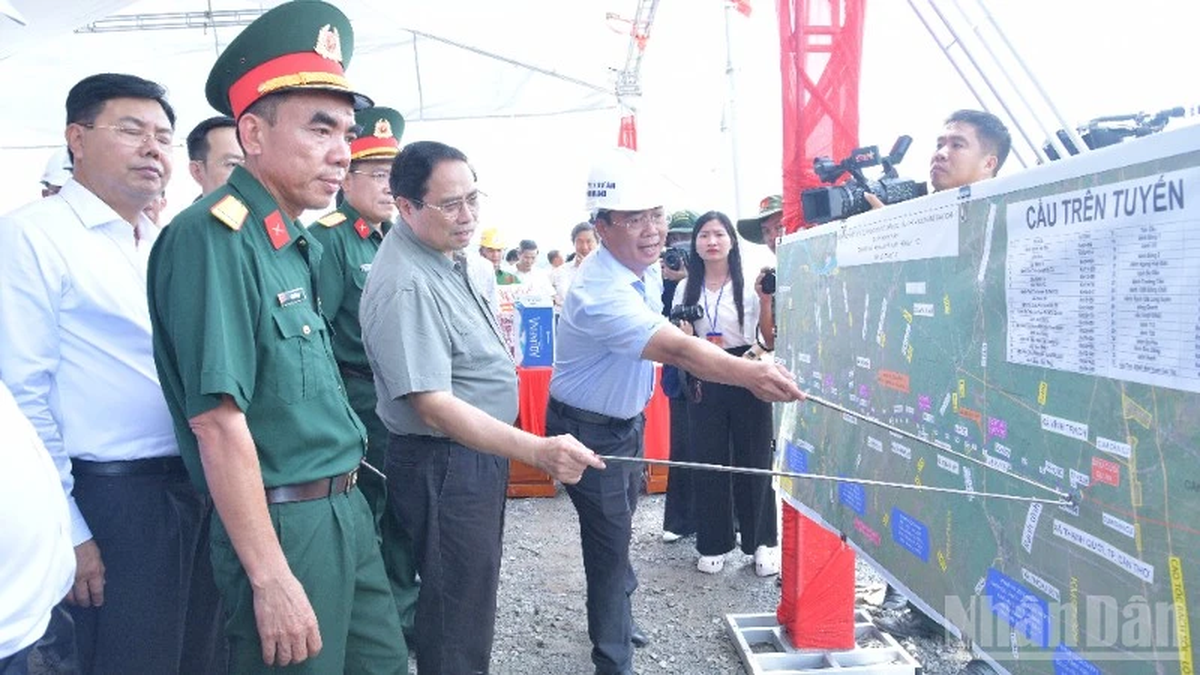







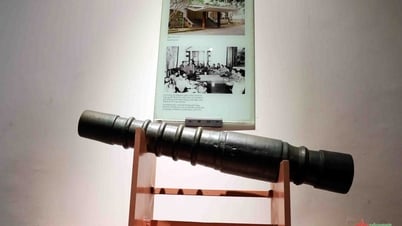





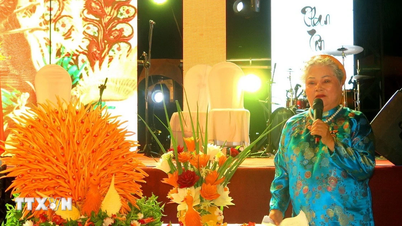



























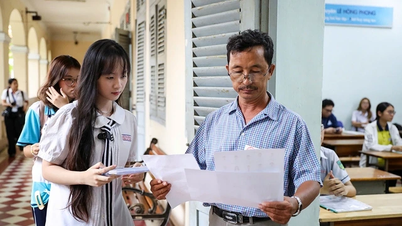




























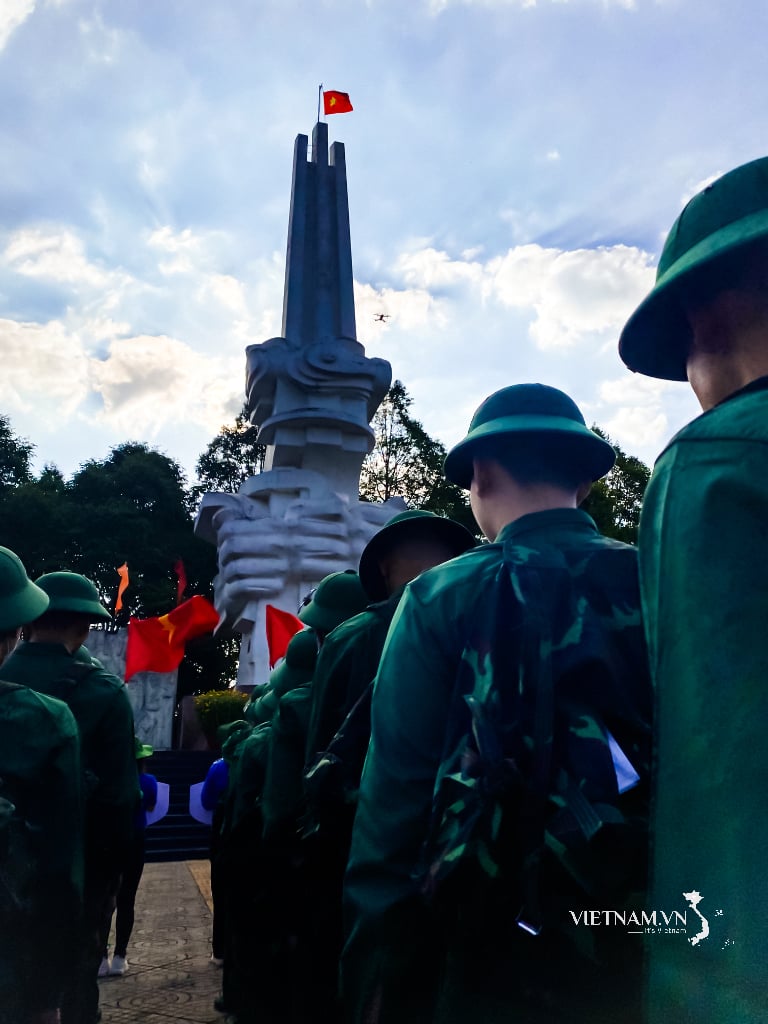



Comment (0)